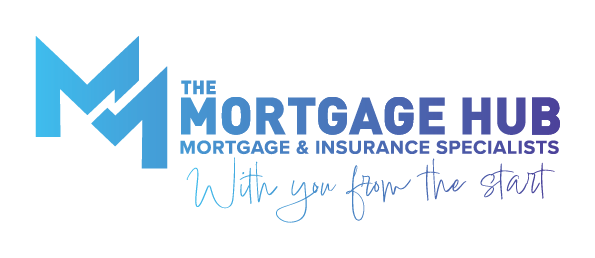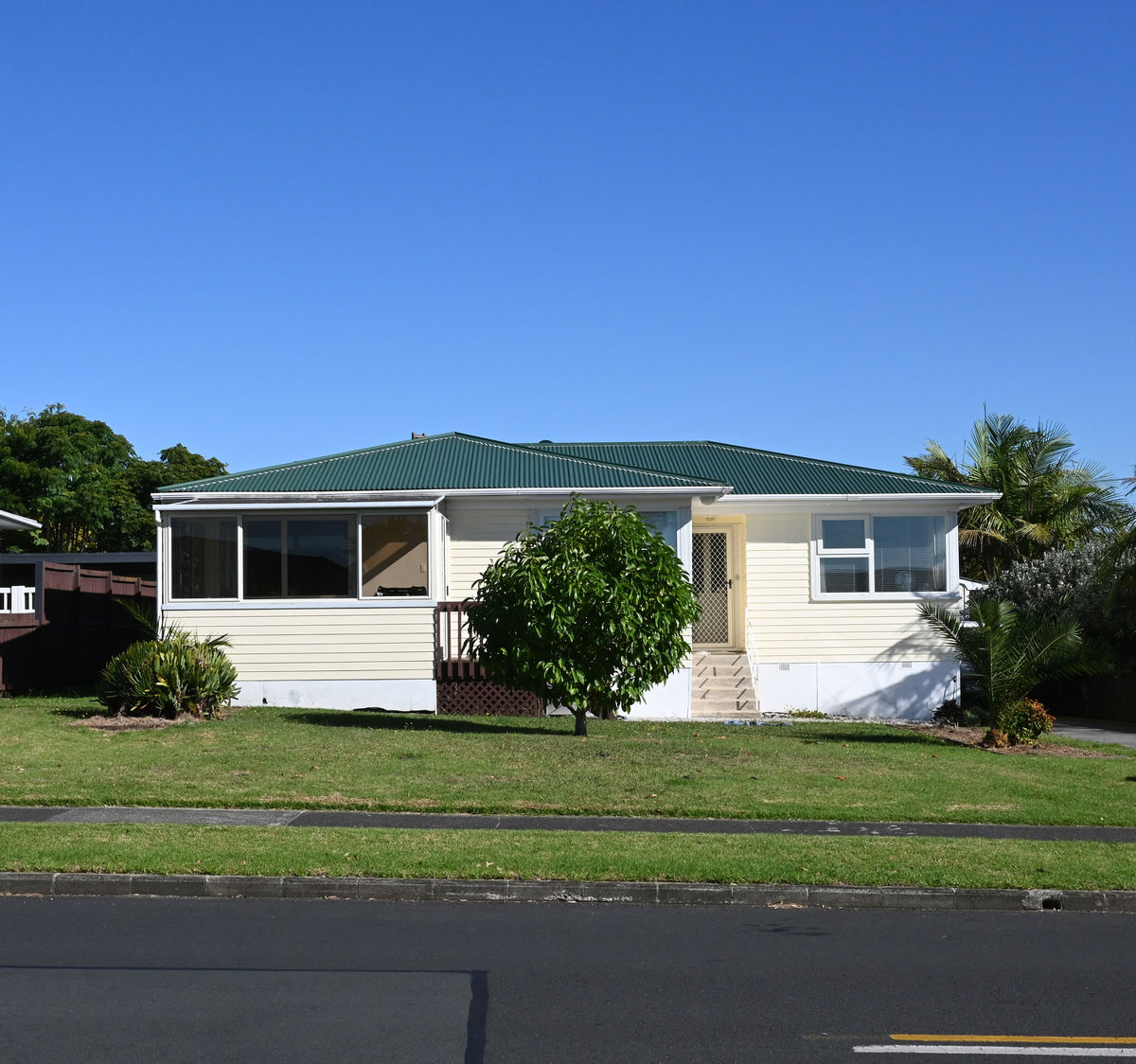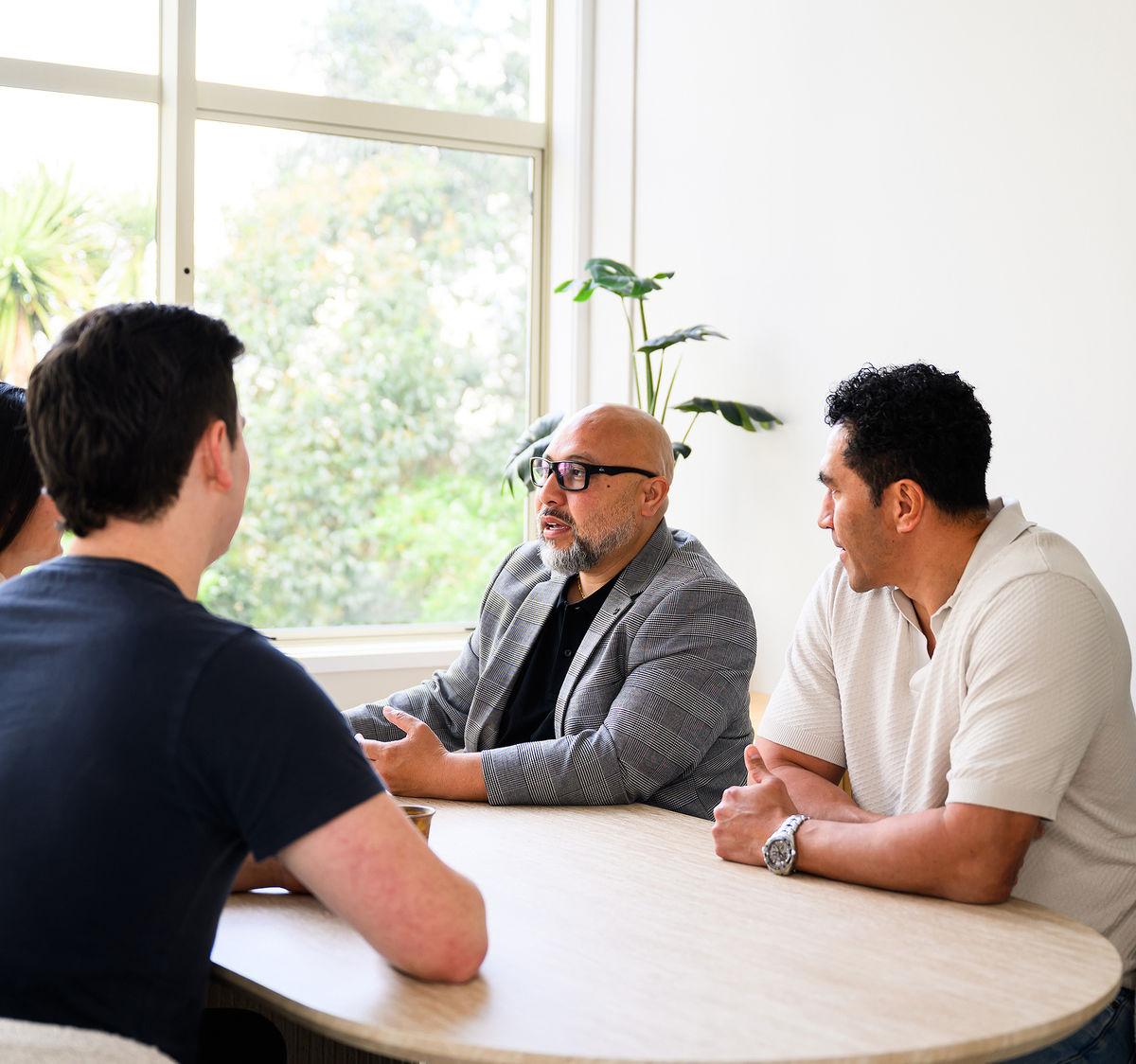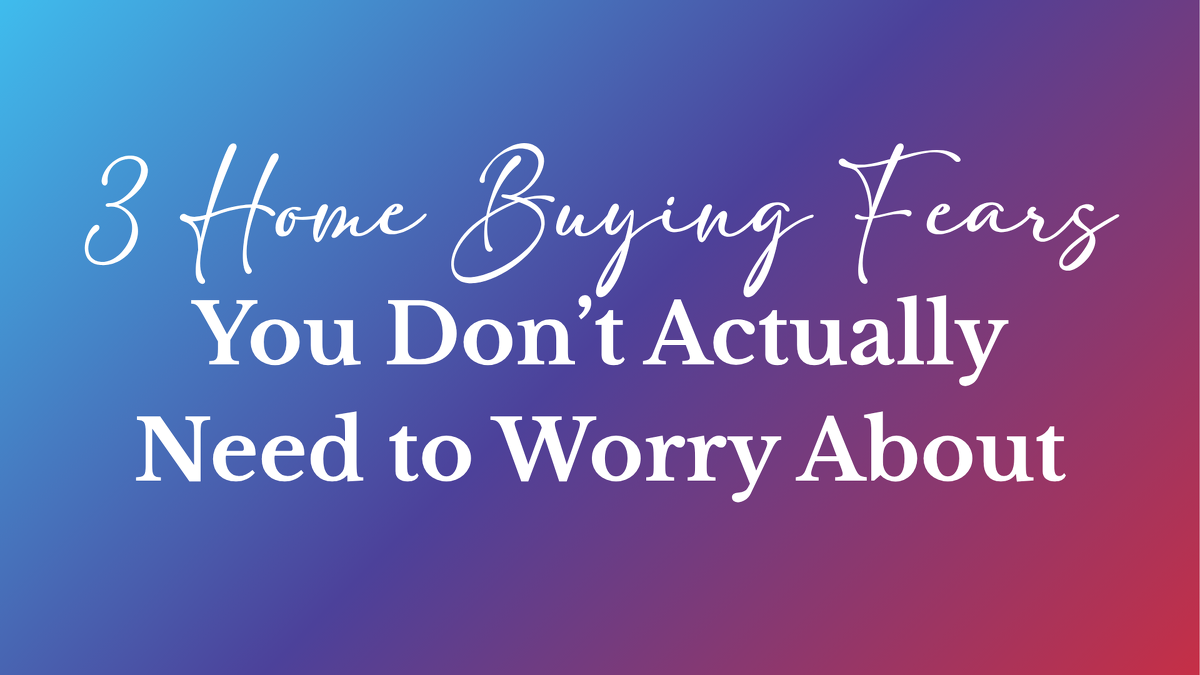3 First-Home Buyer Fears You Don’t Actually Need to Worry About
Date 20 Nov 2025
Buying your first home can feel like stepping into a maze – there are a lot of rules, a lot of “must-haves,” and a lot of what-if’s floating around.
The good news? Many of the most common worries are not deal breakers.
In this article we’ll peel back three of the biggest myths first‐home buyers carry, and show how with the right advice and structure you could be much closer to homeownership than you think.
1. “I need a 20% deposit – so I’m stuck”
It’s one of the most repeated rules in home-buying. But it isn’t always true.
In New Zealand, the government-backed First Home Loan scheme allows eligible first-home buyers to purchase with just a 5% deposit.
What’s more: if you’ve been contributing to KiwiSaver for at least three years, you may be able to withdraw your savings (leaving at least $1,000) to use towards that deposit.
What this means for you: the “20% deposit rule” is no longer a hard barrier for many. If your income and serviceability align, you could be far closer to purchase than you realise.
2. “My student loan or small debts stop me getting a mortgage”
Student loans and little debts feel like big anchors – but in truth, they’re less heavy than you think.
For example, in NZ once you earn past the repayment threshold you’ll pay about 12% of your salary towards a student loan. Lenders factor that in – but the key takeaway is size of loan doesn’t matter nearly as much as how you manage it.
Lenders will look at:
- Are you making regular payments on time? (Yes = good)
- Are there high-interest consumer debts or maxed-out credit cards? These raise red flags.
In short: student loans aren’t automatic deal-breakers. If you’re servicing them responsibly, they can actually work in your favour.
3. “I don’t earn enough – so I can’t buy”
Income is one of the biggest drivers of borrowing capacity – but many buyers get caught in a narrow mindset.
Banks and lenders assess affordability using multiple formulas: your income, existing debts, proposed mortgage repayments, plus a buffer (often servicing rates 2%+ above current interest rates).
What you should know:
- A lower deposit might be offset by good structure and manageable debt.
- Using your KiwiSaver deposit, consolidating debt, and talking to a broker early can raise your borrowing ceiling more than you expect.
- Each lender is a little different – what one says “no” to, another might say “yes” to with the right plan.
So what’s the smart move?
If you’re thinking about buying your first home, ask yourself:
- How much deposit can I realistically save (or withdraw from KiwiSaver)?
- What debts am I carrying, and how am I managing them?
- What borrowing capacity do I actually have, given my income and expenses?
At The Mortgage Hub, we specialise in clarifying those questions – turning what feels like “too hard” into “let’s get started.”
You don’t need perfection. You just need a good structure, the right advice, and someone on your side.
Too many first-time buyers get stuck at the “I can’t” stage – when really, a few smart moves could unlock “I can.”
Whether it’s using your KiwiSaver for a deposit, recognising that student loans aren’t the enemy, or structuring your application to match your real borrowing capacity – the journey is more accessible than many realise.
Check out this video from Mils Muliaina. And when you’re ready to turn myths into
reality, we’ve got your back.
What else is happening in the market?
A snapshot of current articles relating to the housing market, interest rates, most popular areas to buy in and common trends relating to the property world in New Zealand.







